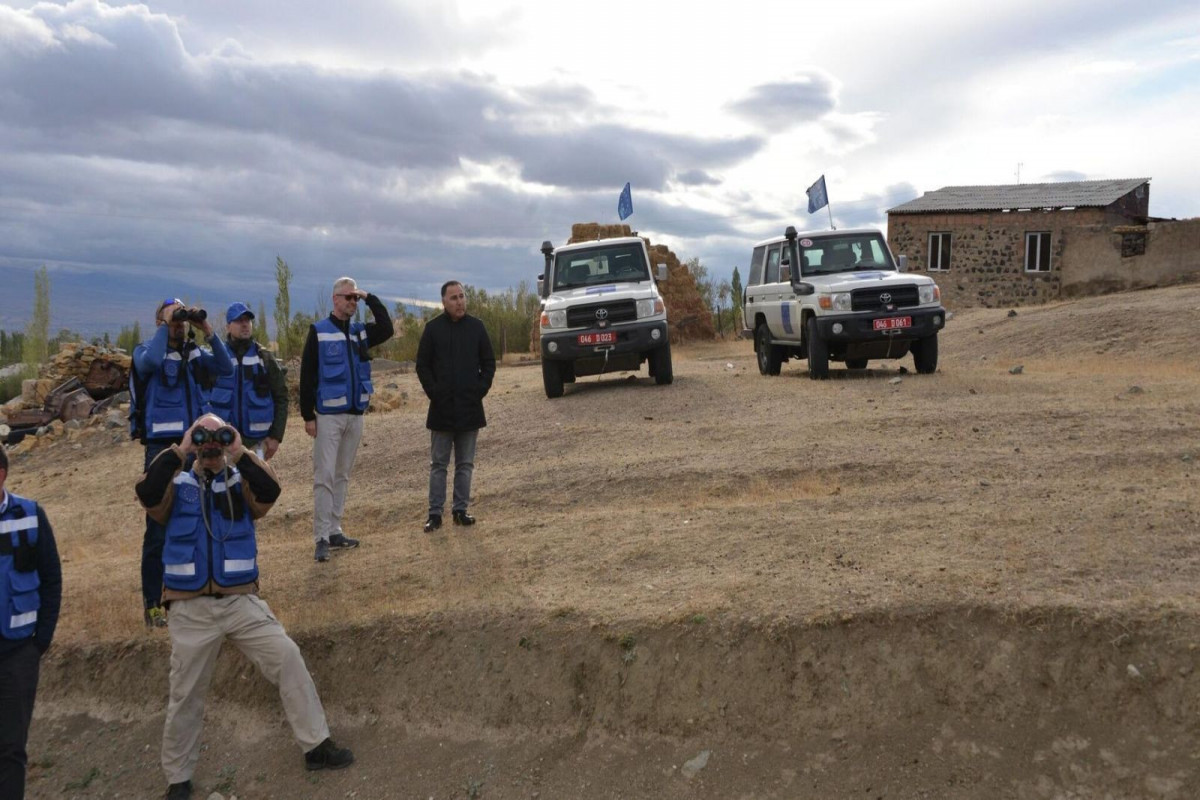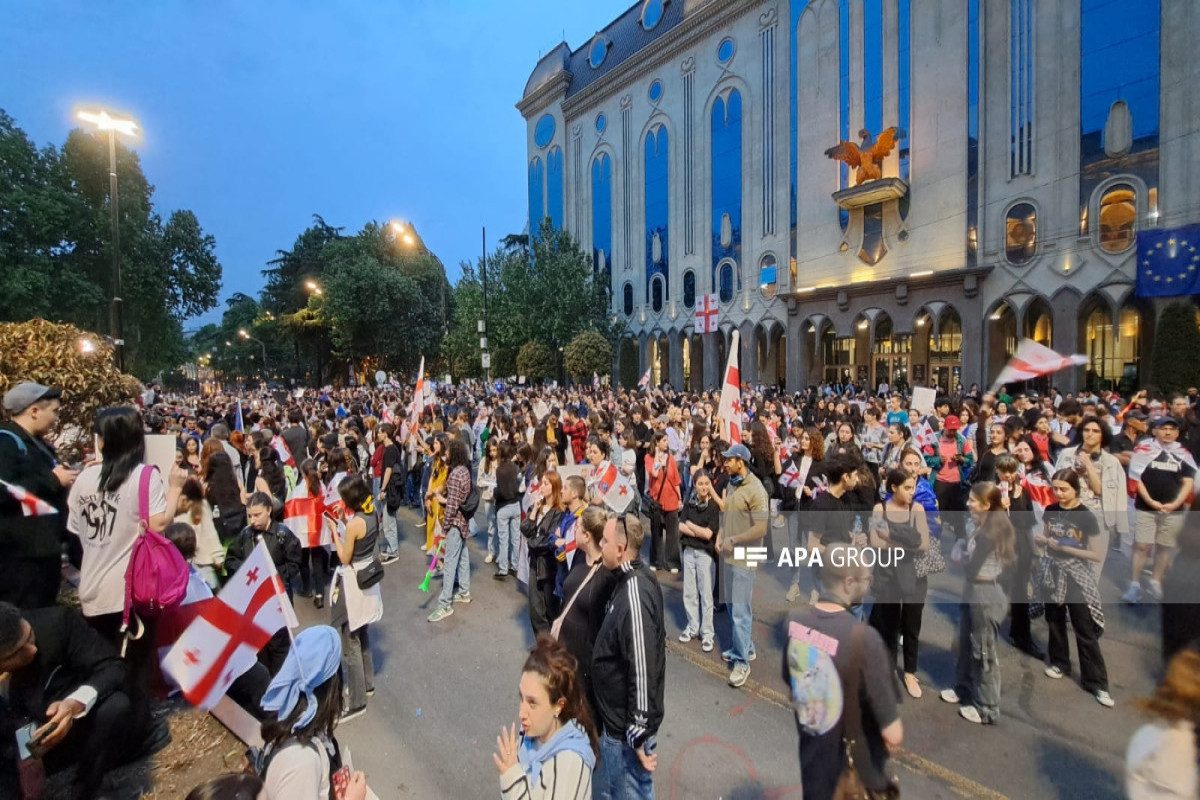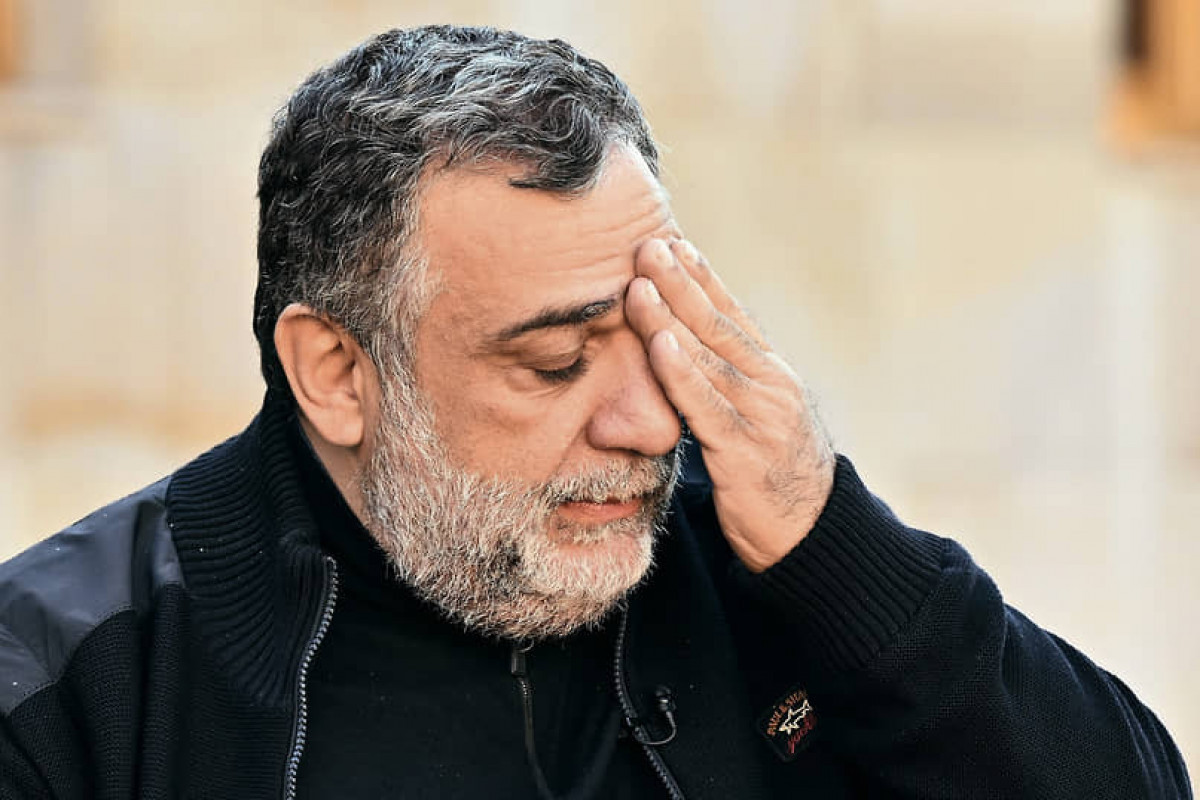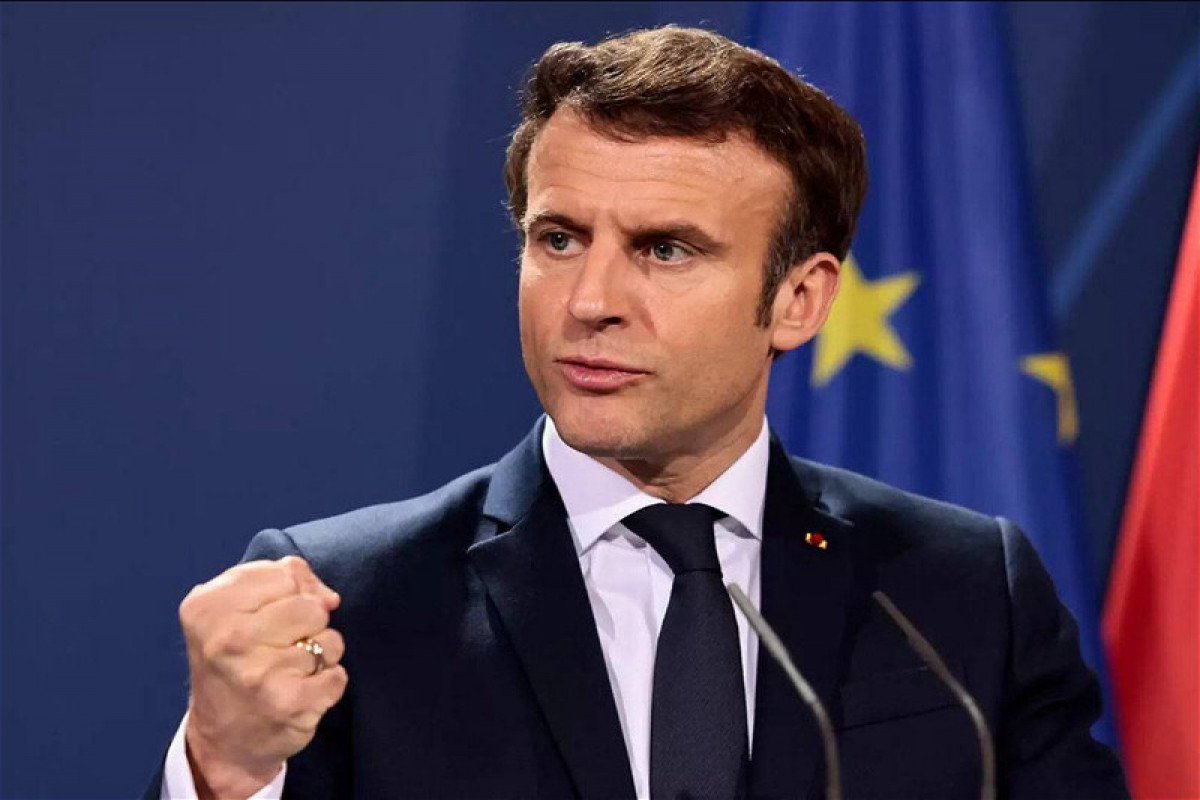Temporary calm reigned on the Azerbaijan-Armenia conditional border in recent months. Even on February 1 of this year, when receiving the Secretary General of the Inter-Parliamentary Union, Martin Chungong, President Ilham Aliyev said that there is already "de facto" peace between Azerbaijan and Armenia and peaceful conditions have been prevailing on the border of the two countries for several months.
However it seems that the power centers that rule Armenia did not like the positive ground created for the establishment of peaceful conditions, the prospect of signing a peace treaty, and the delimitation and demarcation works for the determination of the borders of the two countries. One of these centers is the monitoring mission of the European Union.
The mission, which announced that it was launched to contribute to stability in the region and trust between Armenia and Azerbaijan, has not achieved any of its goals in the past period, on the contrary, it acts as an obstacle to the creation of trust and a catalyst for military provocations on the conventional border.
On February 12, the violation of the ceasefire in the part of the Azerbaijan-Armenia conditional state border passing through the territory of Zangilan district was the result of this catalyst role.
During that provocation, as a result of the sniper fire opened by Armenia, a soldier of the Border Troops was injured, and the next day of the incident, the Azerbaijani side responded to the armed provocation with the "Revenge" operation and destroyed 4 Armenian soldiers.
The European Union did not condemn the incident that triggered the incident, the sniper fire, which Armenia did not deny, but made a biased statement about Azerbaijan's retaliatory measures.
In this context, the purpose of bringing the European Union mission to the region becomes clear.
The civilian mission of the European Union arrived in the region in October 2022 under the name of a 2-month temporary mission and was selected for its activities contrary to the agreements reached with Azerbaijan. But thanks to Armenia's "open door" policy, the European Union, which entered the region, took the opportunity to expand the activities of this mission, to arbitrarily increase its mandate and the number of mission members on the conditional border without Azerbaijan's consent.
The Foreign Affairs Council (FAC) of the European Union agreeing to increase the number of associates there from 138 to 209 "to strengthen the civilian mission" which was deployed on the Armenia-Azerbaijani border in December 2023 was exactly an element of this policy.
On the other hand, the European Union has started to deploy former servicemen, employees of special services of different European countries to the region under the name of a civilian mission.
The multifaceted goals included turning the Azerbaijani-Armenian conditional border into a new contact line, creating reinforced positions here, providing the Armenian military with intelligence information, etc.
Another obligation of the mission consists of the distribution of the funds for military purposes which was allocated by the European Union to Armenia under the name of assistance to the Armenian-origin residents of Garabagh. For this purpose, the EU has allocated EUR 27,2 mln, and a few days ago, another EUR 5.5 million. It should be noted that there’s no control mechanism on how the funds are spent.
The civilian mission being for military purposes revealed itself when the General of French National Gendarmerie William De Meyer paid a visit to Azerbaijan-Armenia conditional border on February 2 and when he observed the territories of Azerbaijan with binoculars.
This indicated that France was using the civilian mission for military and intelligence purposes.
Following this, on February 3, a citizen of the Czech Republic who intended to cross to Azerbaijan from Armenia was detained. It seems logical that the citizen is connected to the European Union monitoring mission although the details of the incident have not been fully disclosed.
The Foreign Ministry of the Czech Republic confirmed the reports of its citizen being detained, but not disclosing his identity, and not providing open information about the incident raised serious questions.
EU Monitoring Mission not breaking the silence despite allowing this incident to happen in the territory where it operates shows what the real situation is.
Thus, unanswered questions arise about the activity of the EU Mission: What are the citizens of the Czech Republic doing on the Azerbaijan-Armenia border? Why does the MFA of the Czech Republic and EU Mission not provide clear information?
Why did the Brigadier General (BG) of the National Gendarmerie of France William De Meyer come to the border of Azerbaijan? Why did he watch the Azerbaijani side and the positions of the Azerbaijani army with binoculars? What did he want to see, to observe? To what extent are these actions related to the objectives of the civilian mission? Why is the composition of the civil mission dominated by ex-militants, ex-special services, and ex-intelligence officers? What are the representatives of Canada which is not a member of the EU, even located in another continent, doing in the mission? What even is the purpose, and intention of the observation mission? Unfortunately, even though there are a lot of questions, there is no answer from the opposite side.
Another surprising issue is that regional players Russia and Iran display a mild approach regarding the mission. Indeed, the Russian MFA has repeatedly condemned the placement of the EU mission in the region and the expansion of the mission’s activities in Armenia without the agreement of Azerbaijan. Russia has stated many times that the purpose of the mission is to monitor the Russian forces in Armenia and espionage activities. However, Moscow has not been able to convince the Armenian leadership who transformed the region into an “open door” for all geopolitical players, of the EU mission's ineffectiveness. Iran is even more surprising. Official Tehran, which often calls the territorial integrity of neighboring states its "red line", did not react to the placement of the EU mission on its borders, turning a blind eye to the violation of its "red lines".
Thus, looking at the activities of the EU mission that came to the region in October 2022, it is obvious that it intentionally failed the mission of trust-building between Armenia and Azerbaijan, created a lodgement against Azerbaijan in the territory of Armenia, supported the militarization of Armenia and engaging in military and espionage activities which threatened other countries of the region as well. The most correct step for the EU to take for the settlement of Azerbaijan-Armenia is to give up "binocular diplomacy", ending the activity of the mission and leaving the region. And if Armenia truly wants peace, it should understand that the EU monitoring mission will not contribute to it, and decide to withdraw the mission from the country.



 ANALYTICS'>
ANALYTICS'>


